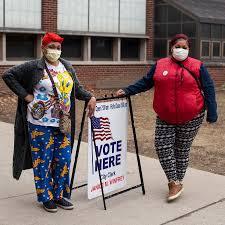Trump, having previously said the economic shutdown could last till August, now wants a return to normalcy much sooner. (Much sooner than medical experts recommend.)
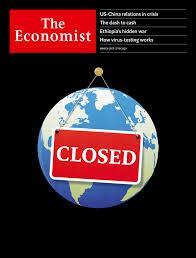
COVID-19 is very contagious, and the containment measures look too little too late because the virus is already very widespread. The swiftly rising number of reported cases is likely just the tip of an iceberg. Many infected people don’t show symptoms right away, if ever, but meantime can infect others.
Our efforts might, in a couple of weeks, appear to bend the curve down. But the problem is that a majority of the population won’t have been infected, hence won’t have developed immunity, and the virus won’t have disappeared from the landscape. This means that after Trump declares victory and restrictive measures are relaxed, the virus will likely spike back up — necessitating a reimposition of restrictions. “This on-off cycle,” says The Economist, “must be repeated until either the disease has worked through the population or there is a vaccine which could be months away, if one works at all.”

Of course, besides a vaccine, a medicine to treat the illness would change everything. While some candidates are being tested, we don’t have a treatment yet.

I have argued that we really have no choice but to accept severe economic pain to avoid a nightmare scenario of a health system unable to handle a flood of illnesses so that many thousands die simply from lack of care. That’s starting to look likely despite our best efforts. And, says The Economist, “the bitter truth is that [those efforts] may be economically unsustainable. After a few iterations governments might not have the capacity to carry businesses and consumers. Ordinary people might not tolerate the upheaval. The cost of repeated isolation, measured by mental well-being and the long-term health of the rest of the population, might not justify it.”
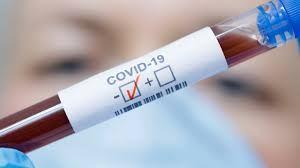
Trump keeps patting himself on the back for his early restrictions on travel from China and, later, Europe. That may indeed have helped slow the virus’s spread. However, it was already underway before the travel bans, so it was delusional to think they solved the problem. What was really needed was what South Korea did — again, massive testing, right away.
But even to this day, we’re still not doing that. Still only starting to ramp up toward it.
As The Economist’s “Lexington” columnist (on American affairs) writes, this testing inadequacy at least partly owes to the Trump administration’s “decision to scrap the NSC’s dedicated pandemic unit” (established under Obama).
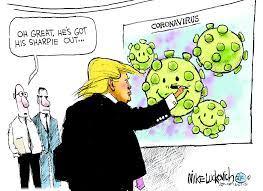
Add in Trump’s fountain of false and misleading information, which delayed most Americans’ taking the problem seriously. Last Wednesday he belatedly invoked the Defense Production Act, enabling government to require industries to produce stuff needed in an emergency. We’re desperately short on respirators and protective gear. But just signing an order, with Trump’s posturing flamboyance, actually produces nothing, absent follow-through. And it is absent. Trump seems to imagine he’ll nevertheless make the needed items magically appear.
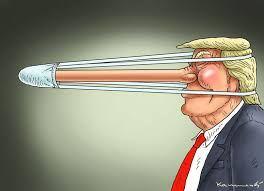
The harsh truth: South Korea’s infection began exactly the same time as ours. Had we done what South Korea did, we might have avoided the need for economic restrictions as extreme as those now in force, which may well fail anyway. And avoided literally trillions in costs and losses and untold human suffering. And of course a vast number of deaths soon to occur.
Trump bears terrible blame for this catastrophe. As do Americans who voted for such a person.
If you ever fantasized about some disease that would somehow disproportionately take out Republicans, here it is. They do tend to be much older on average. But moreover, many Trump fans who took on board his early pooh-poohing of the virus still treat it less seriously than even he does now; thus are more likely to expose themselves to infection and death.
